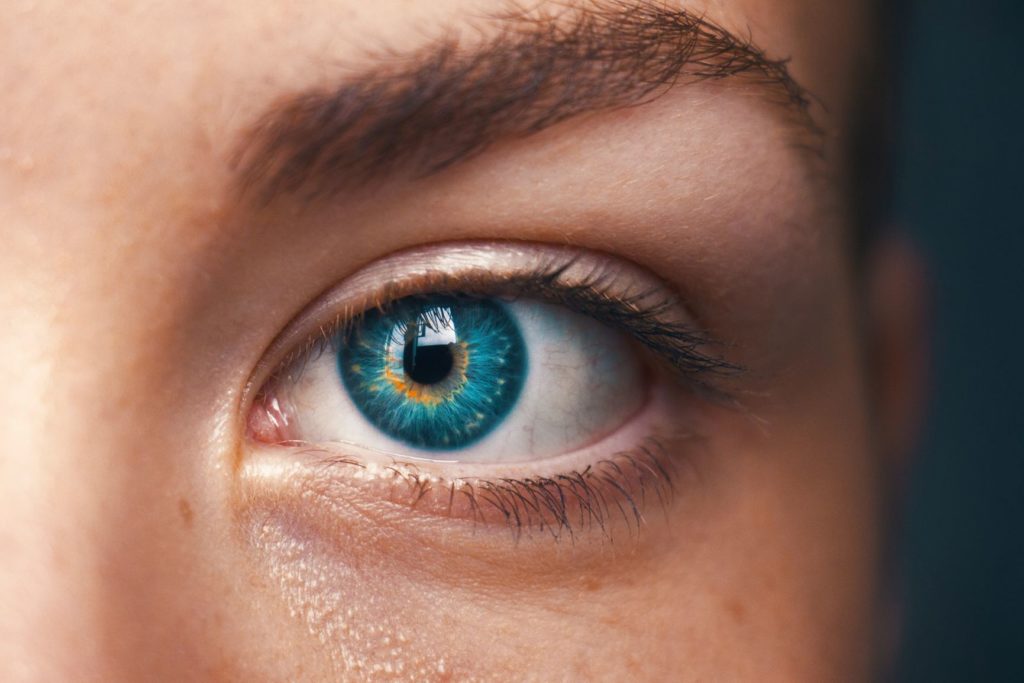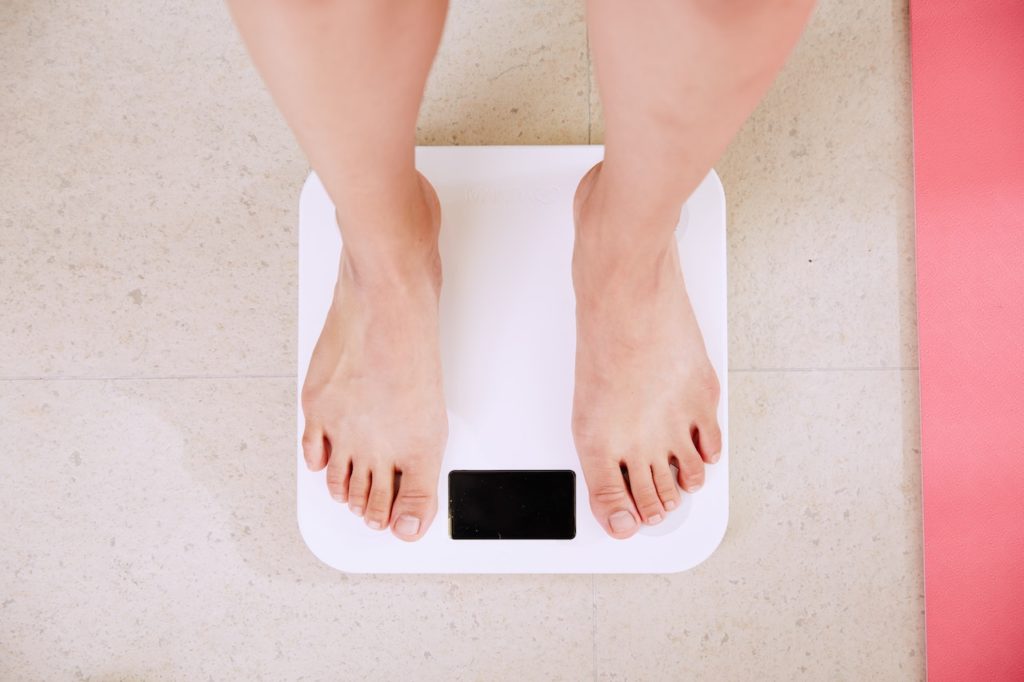
CRITICAL HEALTH & SAFETY DISCLAIMER
mothernity.co.uk is a platform for informational and educational purposes only. This content is based on general research and experienced parent insight and is NOT a substitute for professional medical advice, diagnosis, or treatment. Always seek the advice of your qualified healthcare provider (GP, midwife, or consultant) with any questions you may have regarding a medical condition or before making changes to your health plan or treatments. Never disregard professional medical advice or delay seeking it because of something you have read here.
Picture this: a moment of pure joy as you discover you’re about to embrace the journey of motherhood. Yet, right alongside that joy, concerns about your eye health start to flutter in. Will your condition impact this precious journey? Let us take you by the hand as we explore your questions, weaving in a personal tale that demystifies the lesser-known realm of ocular hypertension (or glaucoma).
What is ocular hypertension?
Ocular hypertension means that the pressure within your eyes is higher than the normal range of 12 – 22 mm Hg. If this condition is not treated, it can lead to Glaucoma, which can damage your optic nerve and permanently affect your vision. One challenging aspect of ocular hypertension is that it often doesn’t show any symptoms. That’s why it’s essential to have your eyes checked regularly by an optician or ophthalmologist. Unfortunately, there isn’t a cure or remedy for ocular hypertension, but the right treatment can help delay its effects, allowing you to lead a normal life for a long time.
Both ocular hypertension and glaucoma have a genetic connection in my family. My mother has open-angle glaucoma, which means the high pressure had already harmed her optic nerve. This condition made her almost blind because she only found out about it at 45, after her first glaucoma attack – which was too late. This issue runs in our family: my grandmother and her sister also had it. Witnessing my mother’s vision loss was heartbreaking, but it made me aware of the problem. In my early twenties, I started having regular eye check-ups. I managed to control my eye pressure for more than a decade using eye drops, particularly Lumigan (Bimatoprost). Additionally, I underwent two non-invasive laser treatments called SLTs (selective laser trabeculoplasty). These procedures temporarily lowered my eye pressure.
My story with ocular hypertension
As you can imagine, this situation wasn’t exactly a walk in the park. My partner and I were contemplating starting a family, and we knew that certain medications should be avoided while trying to conceive and during pregnancy. With this in mind, I consulted my doctor at Moorfields Eye Hospital in London, known for its expertise in Glaucoma research. We made the decision that I would cease using eye drops starting from January 2019, allowing us to gauge my eye pressure without their influence.
When I visited my doctor in February, having discontinued Lumigan and after a recent SLT procedure, my eye pressure was in the low 20s. This prompted my doctor and me to think that the timing was perfect to try for a baby. Consequently, by March, I was already pregnant.
Fast forward to my scheduled visit in May. During this appointment, my eye pressure, measured using air (a method known for slightly inflating values, usually by 2-5 mm Hg), registered in the 40s – significantly higher than the normal range. Understandably, this caused a sense of panic. Subsequent testing, conducted using the applanation tonometry method at the consultant’s office, brought the pressure down to 30, which was still far from ideal. This prompted a discussion about the available options.
Considering I was already two months pregnant, continuing with Lumigan was not feasible due to potential risks to the baby. The consultant, though relatively young and less experienced, suggested using Timolol eye drops with minimal concentration. These drops had no established success in human studies during pregnancy, but there were a few noted side effects in animal studies. Despite the recommendation, I declined. However, the consultant remained firm in her belief that I had no other alternatives – even though I did.
One option was to simply do nothing and hope for the best. While not the most favourable choice, it would have entailed at least six months without eye drops, at 32 years old, after a successful decade-long treatment. My optic nerve was in pristine condition, my visual field was clear, and no signs of damage were evident at that point. Given the circumstances and for the sake of my baby’s well-being, I contemplated risking this approach, choosing to wait. Interestingly, my mother had never pursued treatment until her first glaucoma attack at 45 years old, which somehow made me feel safer in taking this temporary risk. However, the consultant wasn’t inclined to accept my choice (which I understand). After several exchanges and further discussions with the doctor, they proposed revisiting the SLT surgery, despite having undergone it less than a year prior.
Consider SLT surgery
I was unaware that another surgery could be arranged so soon, but upon discovering the possibility, I readily agreed. The Selective Laser Trabeculoplasty (SLT) procedure is minimally invasive and offers a much safer alternative for both me and my baby, devoid of any side effects. All of this transpired on the 16th of May. Without delay, we opted for the surgery as soon as possible, understanding that it would take time for the eye pressure to stabilize and determine the success of the procedure. Typically, you need about a month after the surgery to observe the pressure effects. Given the positive outcomes from my previous two surgeries, optimism coursed through me.
Consequently, I patiently awaited the NHS appointment letter from the comfort of my home. It arrived at the beginning of June, a mere two weeks after my visit. The letter informed me that my appointment was set for… drum roll, please… the 28th of August – nearly three months away.
Naturally, I was infuriated – the situation was supposed to be treated as an emergency. I was already three months into my pregnancy, and they were merely informing me that I’d have to wait an additional three months for the surgery, plus potentially another one to two months to assess whether my eye pressure decreased and stabilized. Their solution for addressing my elevated eye pressure DURING PREGNANCY was to postpone any action until after I gave birth. It was evident that the system had failed to provide timely care.
Don’t take no for an answer!
So, I kept making call after call, repeatedly hearing that they were fully booked and there were no available slots. However, I persevered and continued to make more calls until someone finally recognized the urgency of my situation. Someone reached out, proposing surgery just four days away, and I promptly confirmed.
I underwent the surgery in mid-June and had my follow-up at the beginning of August. The SLT procedure had a remarkable impact, lowering my eye pressure to 19/21 from the previously elevated 30+ in May. At this juncture, my doctor and I decided to forgo eye drops for a few additional months. With my baby due to arrive in November and my next eye check scheduled for January, this approach would allow me to breastfeed for a month as well. Given that eye drops can be transferred to the baby through breast milk, it’s a cautious step to avoid any potential risks.
Oh, and one more thing. Following the laser intervention, they prescribed drops for use only in cases of inflammation. I queried everyone at the hospital – doctors, consultants, and pharmacists – about the safety of these drops during pregnancy. Their response was, “I don’t know, they should be safe. It’s just an anti-inflammatory, like Ibuprofen.”
For those of you who might not be aware, Ibuprofen isn’t entirely safe for use during pregnancy, so it’s best to avoid it. Fortunately, I didn’t need the drops, as I didn’t experience any inflammation post-surgery. But if you do require them, make sure to communicate with your healthcare team and obtain the appropriate medications.
Here’s a valuable link containing crucial information that can greatly assist you if you’re grappling with this issue during your pregnancy journey. Wishing you the best of luck with everything!



